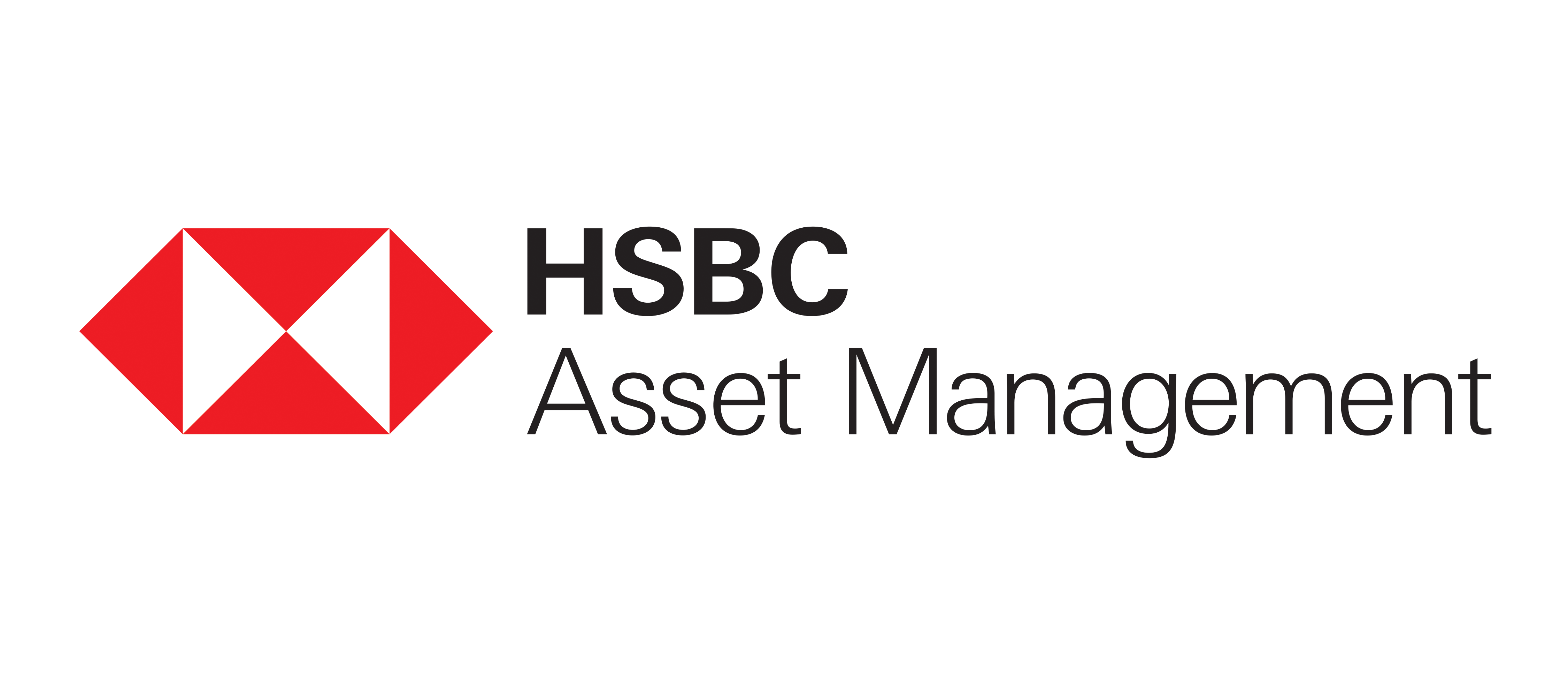Financial Planning in New Year

The new financial year has begun and this is a good time to see where you stand from a financial perspective and make plans for the New Year. If you are a salaried person, this is also the time when your annual increment comes into effect and you can review your regular investment plans for the year. In this blog post, we will discuss how you can make your own financial planning checklist for this New Year.
Set your financial goals
All investors have financial goals for different stages of life e.g. buying a house, children’s higher education, children’s marriage, retirement etc. You should have a financial plan to meet these different life-stage goals. You do not have to be of a certain age or income level to make a financial plan. If you already have a financial plan, you should review the plan at the beginning of the year. For example, if your children have entered their teenage years, you should review whether you are saving and investing enough for their higher education goals. Similarly, if you have other short to medium term financial goals e.g. vacation plan, buying a vehicle, house etc., you should make sure that you have a plan for these goals. You should always consult with a financial advisor if you need help in making your financial plan.
Did you know what is goal based financial planning?
Create your personal financial inventory
Your personal financial inventory is the listing of your financial assets and liabilities. Quite often, investors do not have an idea of the current value of their assets and liabilities; sometimes investors may even forget that they have made some investments. Make a list of all your investments, e.g. mutual funds, fixed deposits, government small savings schemes, life insurance policies (traditional or ULIPs), stocks, bonds etc., including their current values. Similarly, make a list of your liabilities e.g. home loan, vehicle loan, credit card loans, personal loans etc.; find out how much is the outstanding currently.
Review your financial situation – assets and liabilities
If you have liabilities like home loan, vehicle loan etc., you should plan your expenses carefully so as not to increase your liabilities by adding credit card loans also. At certain points of an investor’s life stage, especially in the early to mid-stages of your career, the liabilities may be more than the assets, but the difference should reduce over time till you are loan free. You should understand that the difference between your liabilities and financial assets constitute a risk for your family in the event of an unfortunate death or some critical illness. If the difference between your liabilities and assets is not decreasing over time or increasing with time, review your expenses and see how you can save and invest more.
You should also read how asset allocation helps diversify your investments?
Review your asset allocation and rebalance your portfolio
You should have a target asset allocation based on risk appetite and financial goals. However, your actual asset allocation can diverge considerably from your target asset allocation because of market movements. For example in the last 2 years ending 31st March 2022, Nifty 50 TRI (as a proxy for equity as asset class) gave 47% CAGR returns1, whereas the S&P BSE India Bond Index (as a proxy for fixed income as asset class) gave 6% CAGR returns2. As a result, the asset allocation to equity in your portfolio would have grown disproportionately to your target asset allocation. You can rebalance your portfolio by investing in debt mutual funds.
Investors should review their asset allocation on a regular basis. The beginning of a new financial year is a good time to review your asset allocation and rebalance your portfolio. You should factor in considerations like exit load, taxation, risk appetite etc., when rebalancing your portfolio.
You may like to read what asset class diversification is and why is it necessary when you invest?
Review and streamline your portfolio
Many a times we invest in some schemes based on the scheme’s or category’s or sector’s short term performance. Over a period of time, we may end up investing in a large number of schemes. Investing in a large number of schemes may not necessarily add more diversification to your portfolio and may take up more of your time in monitoring these. The beginning of a new financial year is the time to do a spring cleaning of your portfolio. Review all your mutual fund schemes and try to rationalize your schemes, if required. If some schemes have been underperforming over sufficiently long investment horizons (at least 3 years for equity schemes), consolidate your investments in consistently better performing schemes over the different investment horizons and/or based on time relevant investment strategy of the fund having logical rationale behind that strategy in the ongoing market scenario.
Suggested reading: how to build a resilient portfolio
Review your mutual fund SIPs
Suppose you started Rs 5,000 monthly through SIPs five or six years back. Are you still investing Rs 5,000 in monthly SIP even though your salary may have nearly doubled over this period? As your salary and savings increase over time, you should also increase your SIPs. Disposable income not invested, often get spent in discretionary or non-essential expenses. Review your mutual fund SIPs and see if you can increase your SIP investments. The more you can invest through SIPs greater can be your wealth creation through the power of compounding over long investment horizons. This can be useful for your long term financial goals like retirement planning. You can also use “Step Up SIP” feature which works on similar principles.
Did you know how to maximize your SIP returns in volatile markets?
Review your retirement plan
Unfortunately, most retail investors in India do not have a retirement plan. Some investors believe that their Provident Fund proceeds will be sufficient for their retirement corpus. Anecdotal evidence however, suggests that it is not sufficient. Furthermore, the Government has reduced the interest rate on Employee Provident Fund (EPF) contributions in March FY 2021-22. For private sector employees, PF contributions exceeding Rs 2.5 lakhs a year will be taxable. You should not rely on just Provident Fund for your retirement; start saving and investing. You should always factor inflation and lifestyle changes in your retirement planning.
Review your emergency fund
Financial planners recommend that you should have an emergency fund to meet exigencies like sudden loss of employment, serious illness in the family etc. It is recommended that you should set aside 3 to 6 months of monthly expenses (including loan servicing) in an emergency fund. If you do not have an emergency fund, you should build one as soon as possible for risk mitigation. If you have an emergency fund, assess if it is enough to meet your needs, since your expenses may have grown.
Do your tax planning for the year
It has been seen that many tax payers start their tax planning very late in the financial year. If you begin your tax planning early, you know how much to save for your 80C tax savings investments early in the year. You can plan your expenses so that you can avail full benefits of 80C tax savings. For salaried people, most companies deduct TDS in the last quarter of the financial year after accounting for all the deductions. If you are unable to avail the deductions, there will be a large tax outgo in the last quarter.
Conclusion
If you are of a certain age, you will see that some people in your circle of friends or acquaintances are more assured about financial security than others. It is quite likely that these people are the ones who have some sort of plan for their financial goals and working on it in a disciplined way. It is never too late to have a financial plan.
An annual personal financial checklist, as discussed in this blog post, is an exceptionally valuable tool for planning your finances for the short, medium and long term. Last but not the least, engage with your financial advisor if you need help; your advisor can be a very valuable friend in your financial journey.
Disclaimer: The above information is for illustrative purpose only and it should not be considered as investment research, investment recommendation or advice to any reader of this content to buy or sell investments. This article may not have covered all potential aspects of financial planning in detail. Investors should consult a financial advisor for financial planning and suitability of funds which may be based on the risk profile of the investor. Past performance may or may not be sustained in the future.
Issued as an investor education initiative by HSBC Mutual Fund.
Mutual Fund Investments are subject to market risk, read all scheme related documents carefully.
We are a global asset manager with a strong heritage of successfully connecting our clients to global investment opportunities.
Our proven expertise in connecting the developed and developing world allows us to unlock sustainable investment opportunities for investors in all regions. Through a long-term commitment to our clients and a structured and disciplined investment approach, we deliver solutions to support their financial ambitions.
Other Links
POST A QUERY






